The Second Karabakh War also shed light on many aspects of the Armenian army and military equipment. Since the restoration of independence in the last years of the USSR's collapse until now, Armenia has received military equipment at the expense of foreign countries. The quality of 'donated' military equipment used by Armenia during the fighting from September 27 to November 10 also emerged. The issue of missiles fired by the Armenian military at Azerbaijani civilian facilities is still being discussed.
On April 2, Idris Ismayilov, Chief of the Operative Staff of the Azerbaijan National Agency for Mine Action (ANAMA), said that the remains of the Iskander-M missile were found in Shusha. According to him, a special radar made it possible possible to determine the direction from which Armenia fired the rockets: "We do not have information about the direction and the date of the missile launch."
Russia claims that Armenia was not given the 'key' to launch or not even provided with this weapon. But the fact remains that the Iskander-M missile was fired into Azerbaijan. Armenian Prime Minister Nikol Pashinyan insisted that 10% of the rockets fired into Azerbaijan did not explode. The military denies it. What is happening: who fires such weapons in the Armenian army?
Idris Ismayilov noted that the debris was at a distance of 780 meters from each other. According to him, during the inspection of the missile's target number (9M723), it was determined that the debris belongs to the Iskander missile complex. Chief of General Staff of the Armenian Armed Forces Artak Davtyan declined to comment on the news: "I can not say anything because the information can not be disclosed."
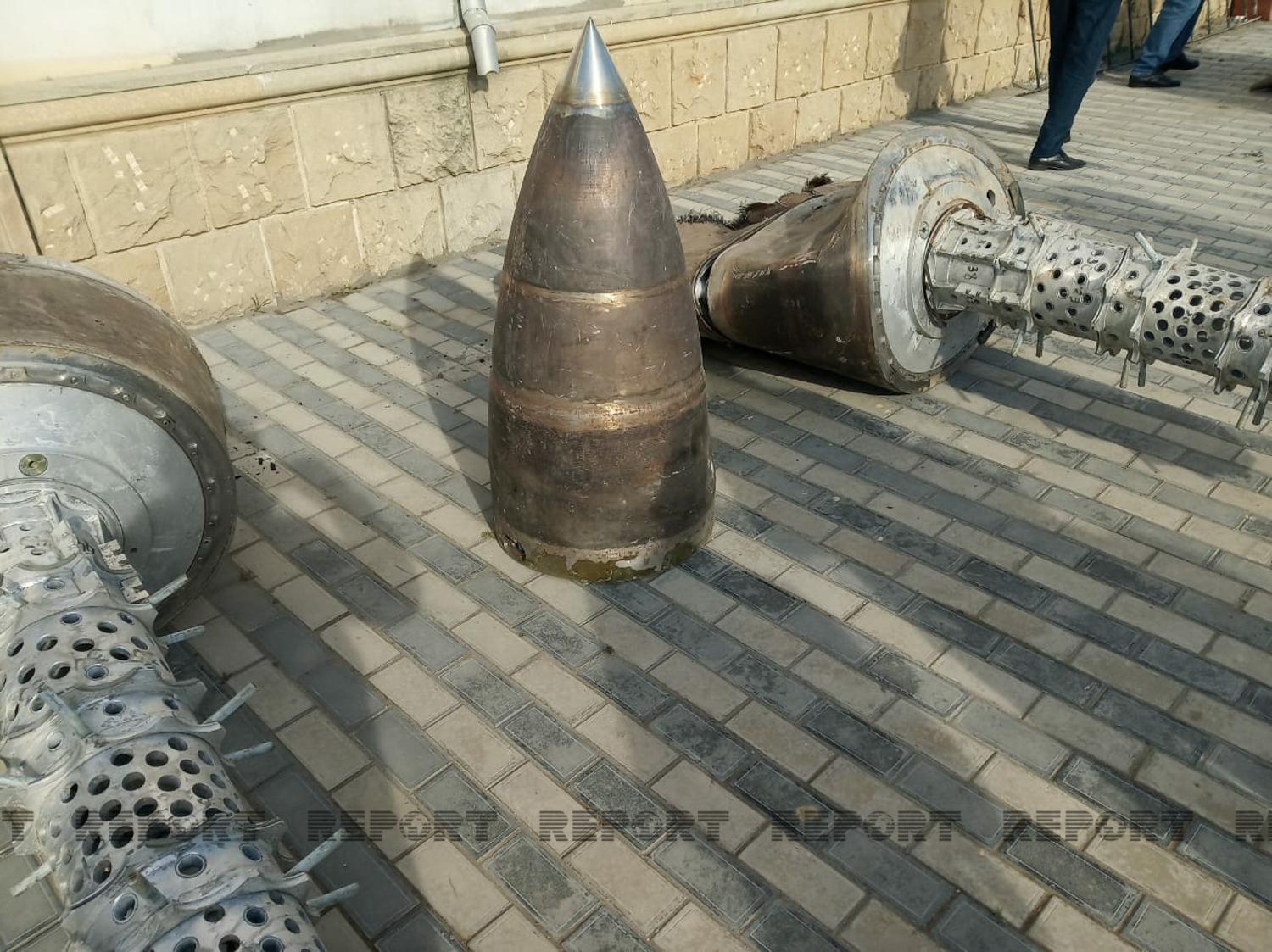
Commenting on the issue, Kremlin spokesman Dmitry Peskov stated that Iskander was not used in the Karabakh conflict: "As far as I know, this is new information." The spokesman was asked about the location of the Iskander missile. He replied: "No, we do not have information about it."
Apparently, Peskov's answers are very primitive, not convincing. It is naive to believe that Russia, which is aware of all the issues in Armenia, does not know from where Iskander was shot. The Russian Defense Ministry's statement said: "According to our confirmed objective and reliable information, none of these missile systems was used throughout the conflict in Nagorno-Karabakh."

In February this year, the Russian military stressed that all ammunition for the missiles was in the Armenian Armed Forces warehouse. Roman Bochkala, a Ukrainian expert who visited Nagorno-Karabakh, assumed that the discovered rockets could cause a big scandal: "After all, the missile fired at Shusha looks like a Russian handiwork." Armenian officials and opposition leaders also confirmed that the missile was fired. Nikol Pashinyan emphasized that no Iskander missiles had exploded during the Karabakh fighting or that only 10% had exploded. Serzh Sargsyan complained about the late launch.
As Russian officials deny the allegations, it begs the question of whether weapons are being smuggled from Russia to Armenia? The former Soviet Union sold its conventional weapons for nothing to overcome the economic crisis. This process continued during the presidency of Boris Yeltsin. The team of then-Prime Minister Yegor Gaidar was involved in the arms trade. It turns out that in Russia, this tradition lives on through forces outside the government.
An illegal weapons arsenal was recently found in the house of 61-year-old businessman Vladimir Bardanov in the Mytishchi district of Moscow. General Intelligence Agency neutralized him during an armed resistance to the staff. The incident is under investigation. According to the initial version, the entrepreneur was engaged in the illegal arms trade and so on.
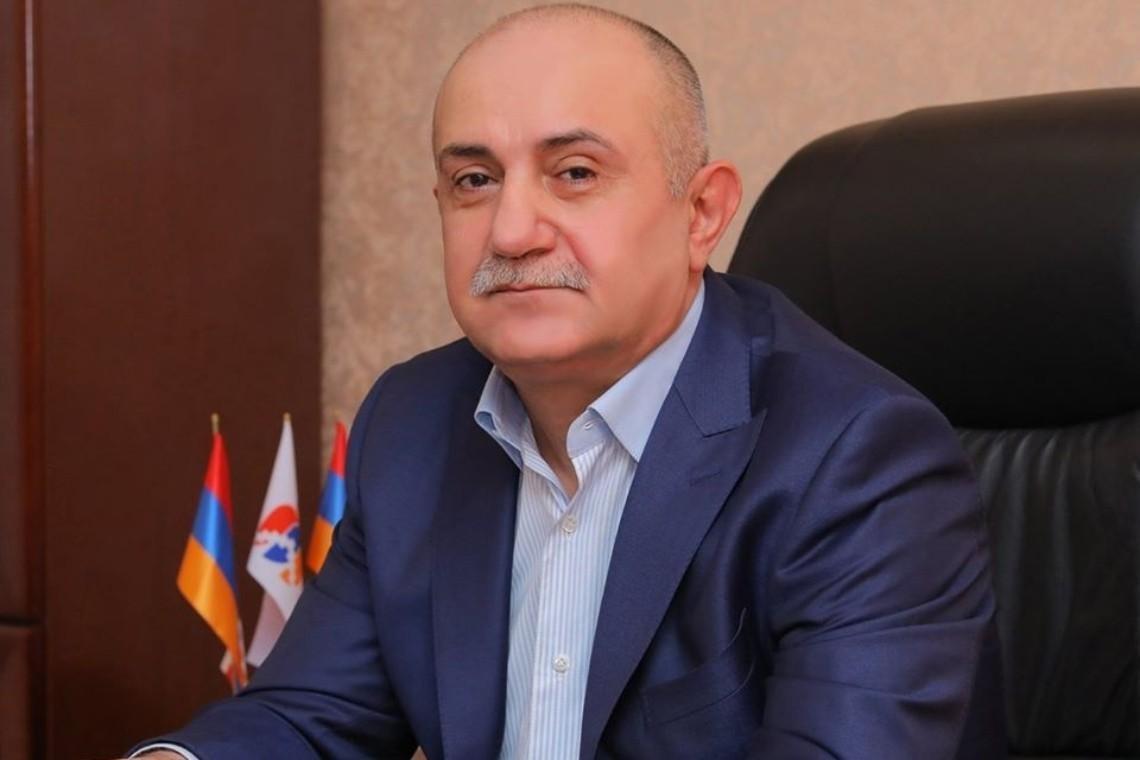
A few years ago, the handwriting of Russian arms smugglers were seen in Armenia. Samvel Babayan (Syamo), who was appointed to a "position" in the Azerbaijani city of Khankendi under Russian peacekeepers' control, is a well-known arms smuggler. He was charged in March 2017 with an illegal acquisition, storage, sale, transportation of weapons, ammunition, explosives, and devices, as well as smuggling by a group of persons based on an initial transaction.
Syamo was named in another criminal case in 2017. That same year, Babayan and two others were convicted of smuggling the Russian-made Igla anti-aircraft missile system. It was found out that the people who brought the anti-aircraft missile system to Armenia cooperated with Babayan and served on his order. He was sentenced to 6 years in prison. The incident was also closely monitored in neighboring Georgia. Officers of the Interior Ministry's Main Department for Combating Organized Crime detained A.Robert, a 40-year-old Armenian citizen wanted for smuggling the Igla anti-aircraft missile system into Armenia. According to the information, three Armenian citizens intended to smuggle the complex through Georgia.
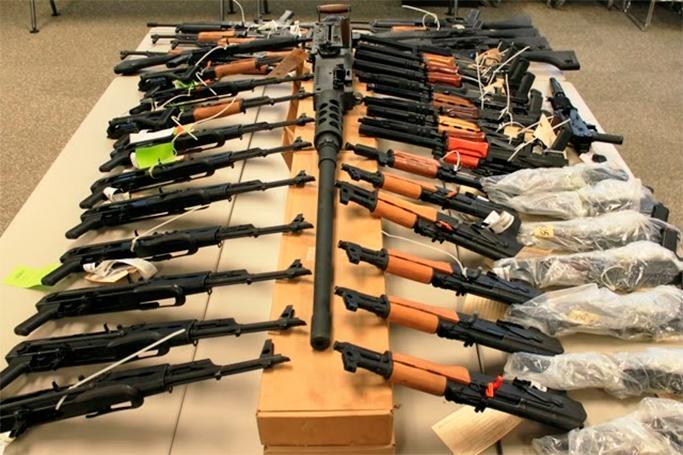
British author and expert Harrold Cane also spoke about Armenians' arms smuggling in his book "Narco Karabakh". The book emphasizes that Armenia continues to buy weapons from Russia and has become a "strategic satellite of Moscow." The author said that Russia continued to provide weapons when other countries imposed an embargo on arms sales to Armenia due to the Nagorno-Karabakh conflict. For example, in 2005, US law enforcemers arrested Arthur Solomonyan and a group of individuals for smuggling Russian-made grenades, Stinger missiles, AK-47 assault rifles, and landmines from Yerevan to the United States. According to the FBI, Solomonyan wanted to illegally sell 200 grenades in the US from weapons purchased from Russian troops in Chechnya and brought to Armenia.
Last year, Armenian PM Nikol Pashinyan was also involved in smuggling weapons, cigarettes, and diamonds. Former Armenian ambassador to the Vatican Mikayel Minasyan, who is currently in Moscow, said: "After the scandal over the smuggling of cigarettes and diamonds, Pashinyan attracted Armenia to the black market of the international arms trade. Armenia has the right to buy weapons from Russia at domestic market prices. The Republic of Armenia and the Russian army can purchase guns and ammunition from the federation manufacturers at the same prices. These prices differ by up to 66% from international prices.
He added that Pashinyan entrusted this task to David Galstyan: "Nikol Pashinyan gives him the privilege to conditionally order 100 types of weapons on behalf of Armenia through the Ministry of Defense. Of these, 60 are paid by Armenia in offshore organizations, and 40 are sent directly from Russia to a third country, such as the United Arab Emirates. From there, weapons can appear in the 4th country."
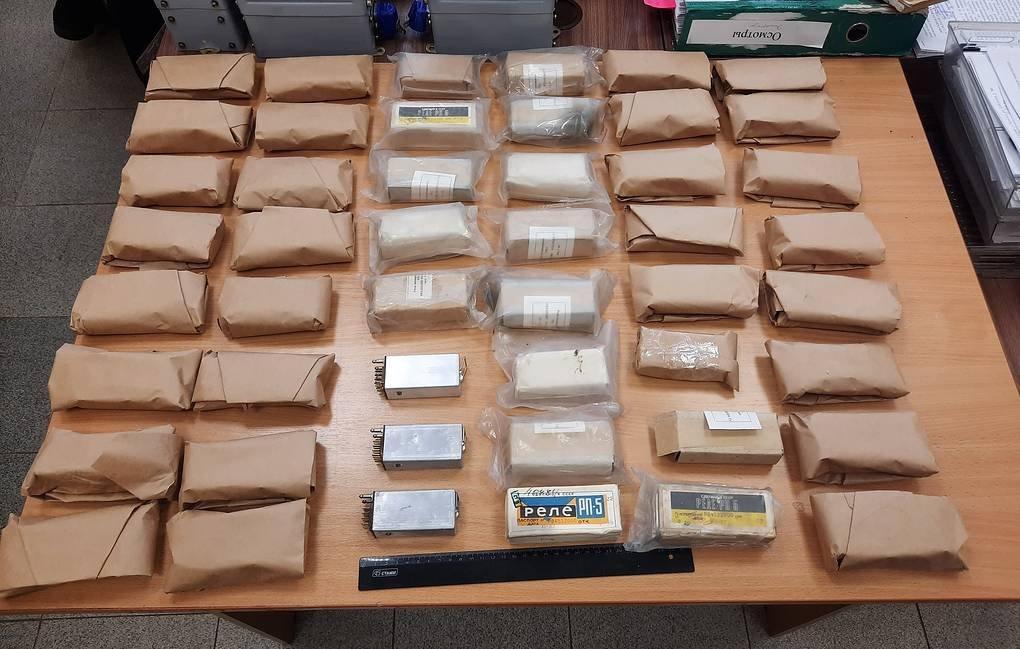
On April 6, Russian Ural regional operative customs officers prevented an attempt to send tank spare parts to Armenia. It was noted that 37 stabilizers with military frequency 8L026P, 30 polarized RP-5 relays are used to control the tank. The stabilizer was sent by a resident of the Chelyabinsk region, south of the Urals. According to the report, these stabilizers are used in military equipment, including T-72 tanks. A criminal case has been launched on the fact.
Based on Russian officials' denials about the Iskander, it can be assumed that there is a gap in the sale and protection of these missiles. The arms smuggling in Russia and involvement of Armenian citizens give a ground to say that Iskander was seized illegally. The question is who would have been blamed for if the missile fired had had a nuclear warhead?


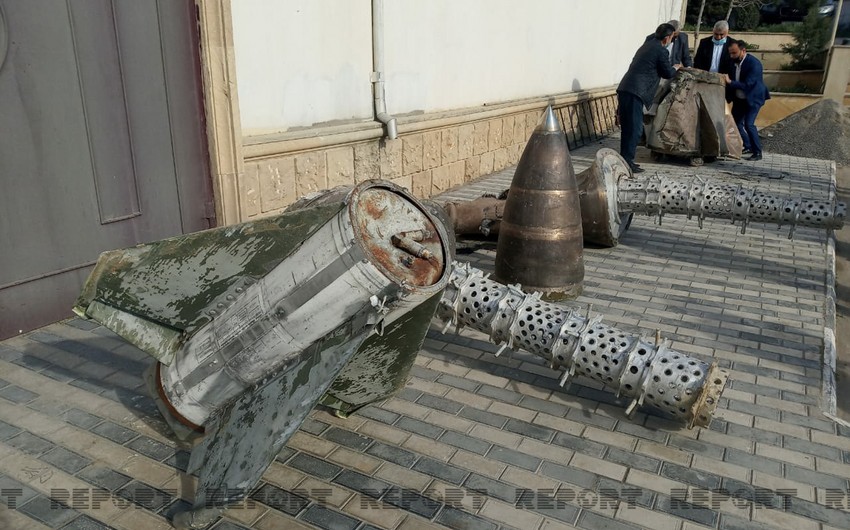 https://static.report.az/photo/7299c366-399e-3592-9a2f-862b40101929.jpg
https://static.report.az/photo/7299c366-399e-3592-9a2f-862b40101929.jpg

